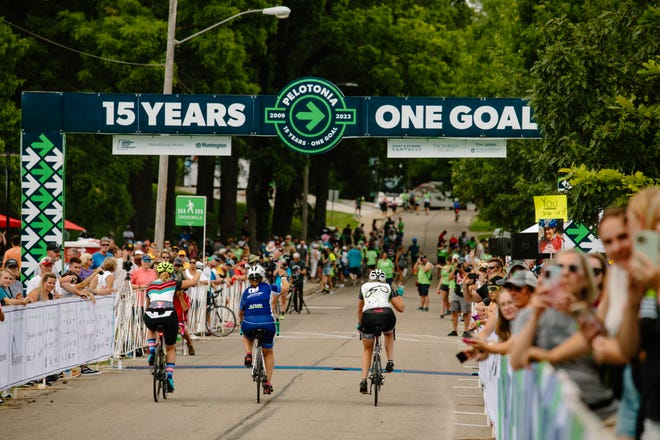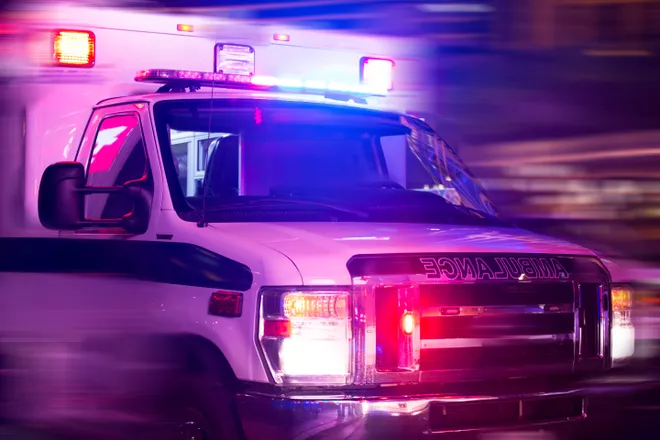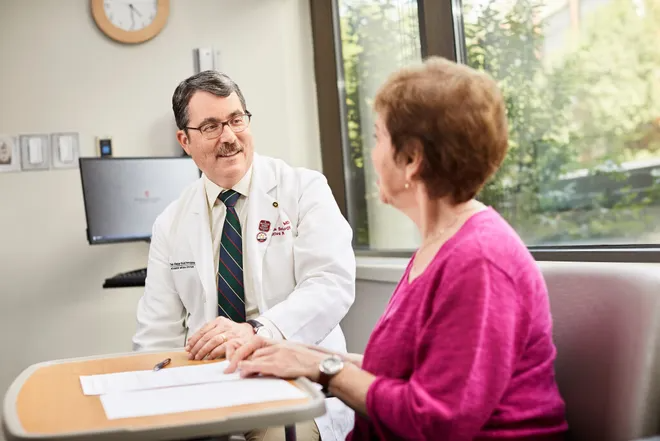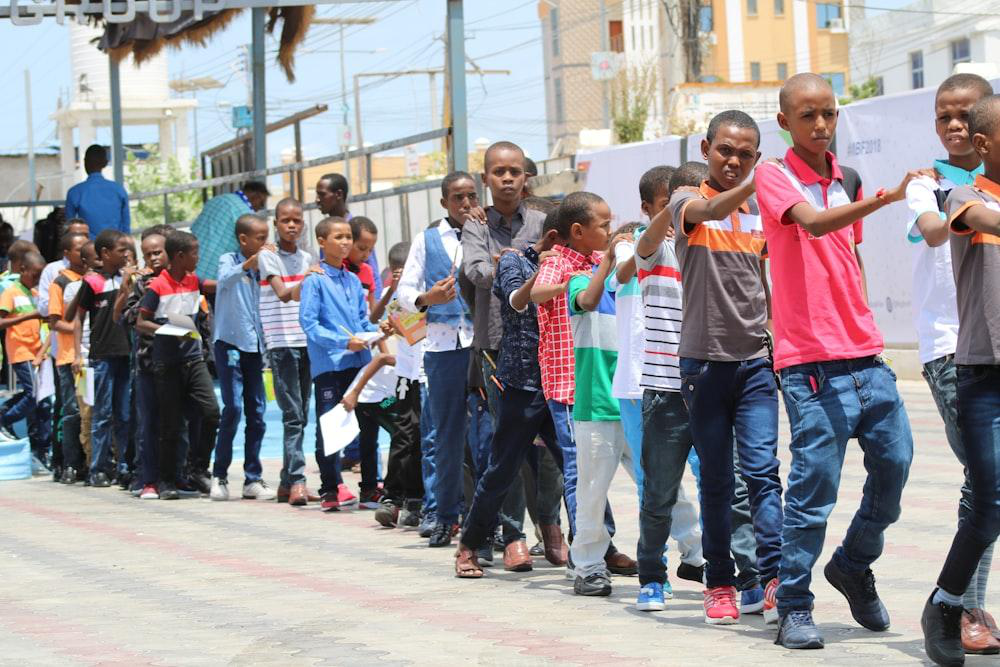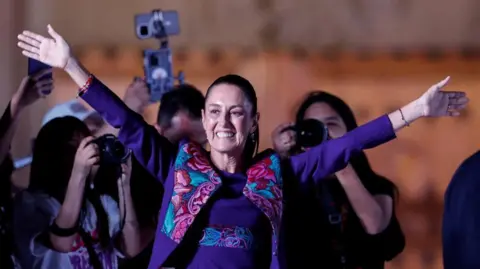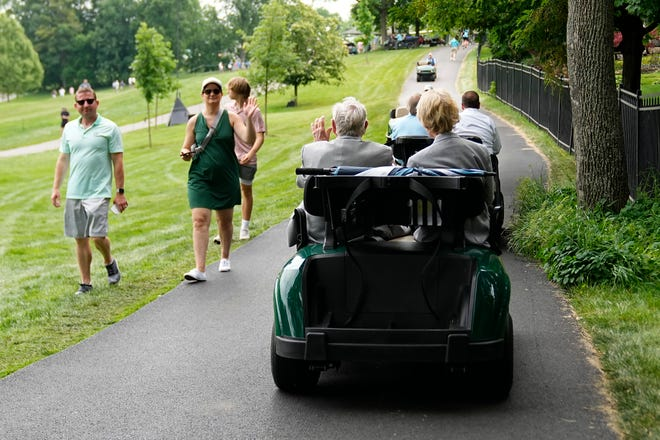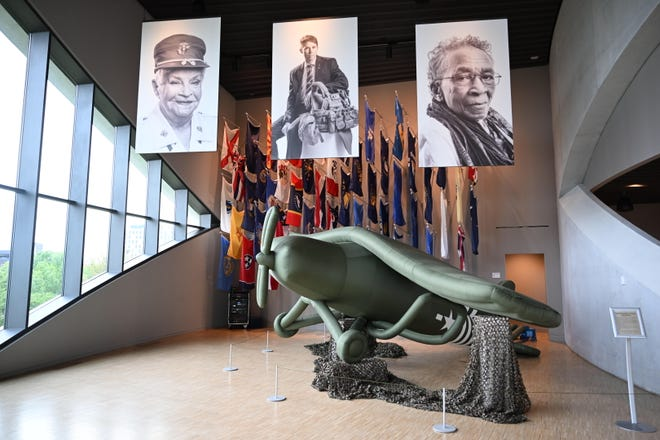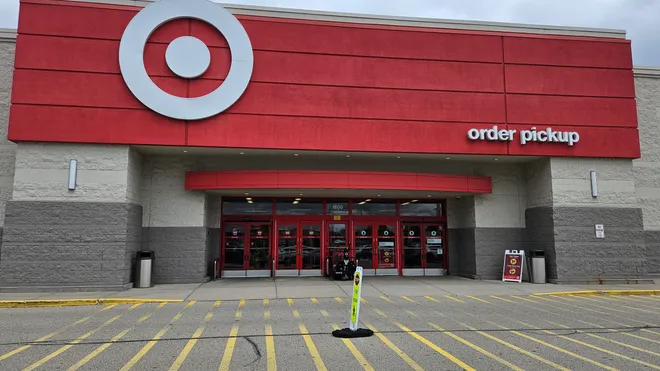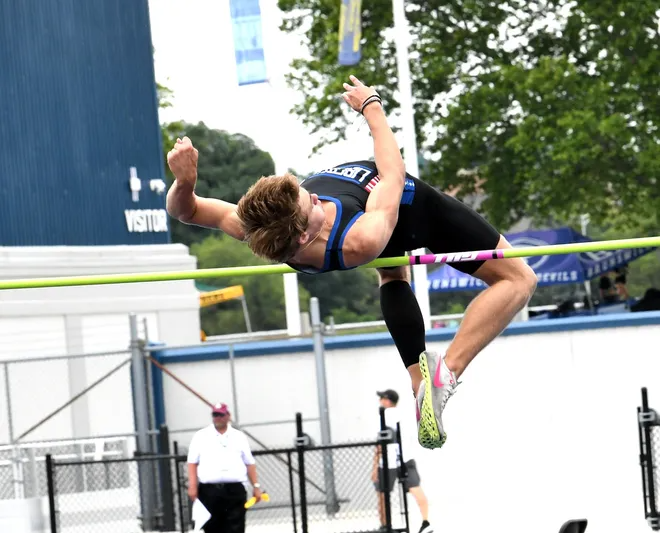High-risk Ohioans are treating March 2023 like March 2020.
Kara Ayers doesn’t think she’ll ever again board a plane without a mask.
Ayers, associate director for the University of Cincinnati’s Center for Excellence in Developmental Disabilities, has a brittle bone disease that can affect her lung capacity. When she first learned that COVID-19 attacks the respiratory system, she knew she needed to be careful.
Three years after the virus arrived in the United States, Ayers and her husband − who has the same disease − are still calculating their risks. They still wear face coverings in crowded places. And they recognize few other Ohioans are doing the same.
Attention on the global pandemic that killed millions of people has waned in recent months, both in Ohio and across the country. Cases and hospitalizations are down from the unprecedented levels seen throughout 2020 and 2021. Earlier this year, President Joe Biden announced he will end the federal COVID-19 emergency declarations in May.
But Ayers and others who are vulnerable to COVID-19 say they don’t have the luxury to simply move on. The virus is still infecting and killing people across the state, and without widespread protections, high-risk Ohioans are treating March 2023 like March 2020.
“It just kind of feels like we disabled people are out here fighting for our right to live while much of society is fine with excluding us, and quite frankly, burying us,” said Georgie Elson, a Fairborn resident with Ehlers-Danlos syndrome.
COVID-19 cases in Ohio
Over 100 Ohioans died from COVID each day in January last year, and daily hospitalizations that month peaked at 477, according to data from the Ohio Department of Health. Cases surged in the winter of 2022 as the contagious omicron variant passed between people.
Numbers have decreased significantly since then, but COVID-19 did not disappear. Ohio has seen over 65,000 cases and 2,700 hospitalizations since Jan. 1, and 448 people have died. Ohio Department of Health Director Bruce Vanderhoff said most of the deaths today are among people over age 60.
“COVID is still very active,” Vanderhoff said during a news conference last month. “We’re all very grateful that we’re not seeing the kinds of remarkable numbers of COVID cases with very, very high hospitalizations and unprecedented death rates. But we’re still seeing a lot of COVID-19, and that includes still seeing a lot of people in the hospital, and sadly, too many Ohioans dying.”
Part of the problem, Vanderhoff said, is that not enough people are taking advantage of vaccine boosters.
Sixty percent of all Ohioans received the primary two-dose COVID-19 vaccine, which includes roughly 87% of people age 65 or older. The numbers start to wane when boosters enter the picture, with just 15% of Ohioans getting an updated vaccine after Sept. 1. A little over one-third of people age 60 to 79 and 40% of those over 80 received the latest shot.
In skilled nursing facilities, two-thirds of residents are grappling with dementia and leave their health care decisions to family members, said Pete Van Runkle, executive director of the Ohio Health Care Association. Most residents received the initial vaccine doses, but Van Runkle said families have moved on and don’t think it’s necessary for their loved ones to be boosted.
Experts say the vaccines are generally effective at preventing serious illness, hospitalizations and death. A September study from the Centers for Disease Control and Prevention found adults who received two booster shots were better protected against hospitalization from omicron than those who only got the first two jabs.
‘It’s not going to end’
For Anahita, of Columbus, those vaccines were initially a sign of hope.
After spending an entire year at home, Anahita cautiously began to go out more, thinking things would change when the shots became available. But she reverted back to isolation as others declined to get vaccinated or wear masks in public, even when they’re sick.
Anahita asked that her last name be withheld due to privacy concerns.
These days, she said, she feels “mostly invisible.”
“I wish people understood the nature of pandemics,” Anahita said. “They’re about public health and public safety. If the public isn’t rallying to get through something altogether, it’s just not going to end. Pretending that COVID is over is just making it worse for people who are more likely to be affected.”
Anahita chooses to spend most of her time at home because of her high-risk status. She has mixed connective tissue disease, and after trying to go off immunosuppressants, she started taking them again to manage her symptoms. For her, it was a choice between being more vulnerable to COVID-19 or living with pain.
But Elson is frustrated by the expectation that people with disabilities or weakened immune systems stay home while others live life. They have jobs and other responsibilities, Elson said. They need medical care and groceries.
Ayers said she largely reentered the community because of her three children and their activities. She lost her uncle to COVID-19 in January, so she knows all too well that the threat remains. But she also recognizes that she can’t control others, even if she thinks they’re in denial.
“We as a country, society, world had an opportunity to make COVID less of a long-term threat, but we didn’t,” Ayers said. “I think it is probably reality, probably for the rest of my life. I think part of my coping is realizing that there are things I can do about it.”



